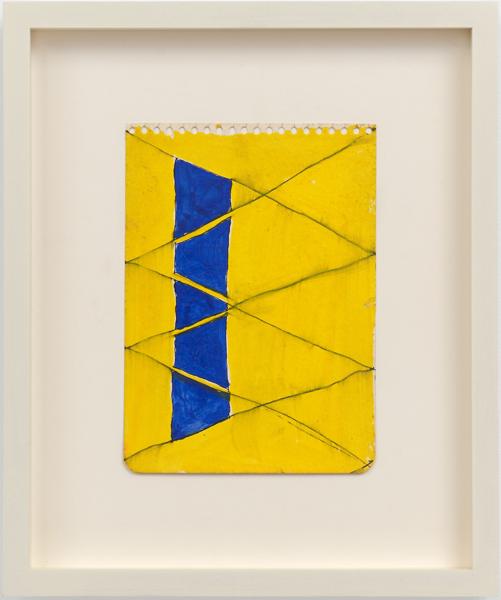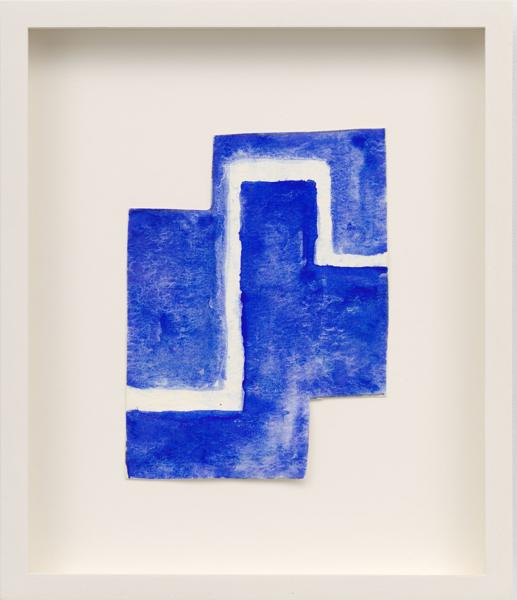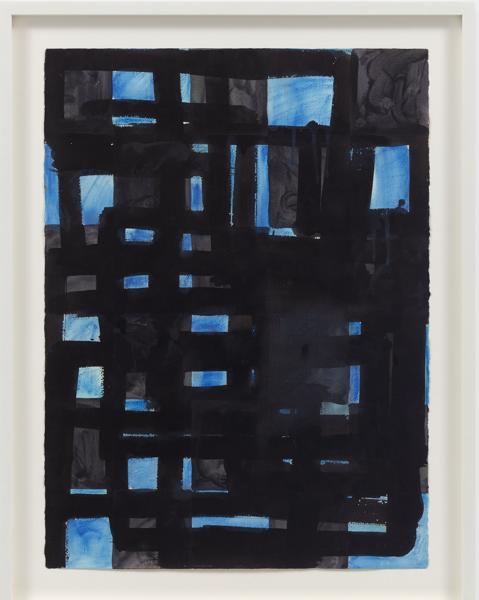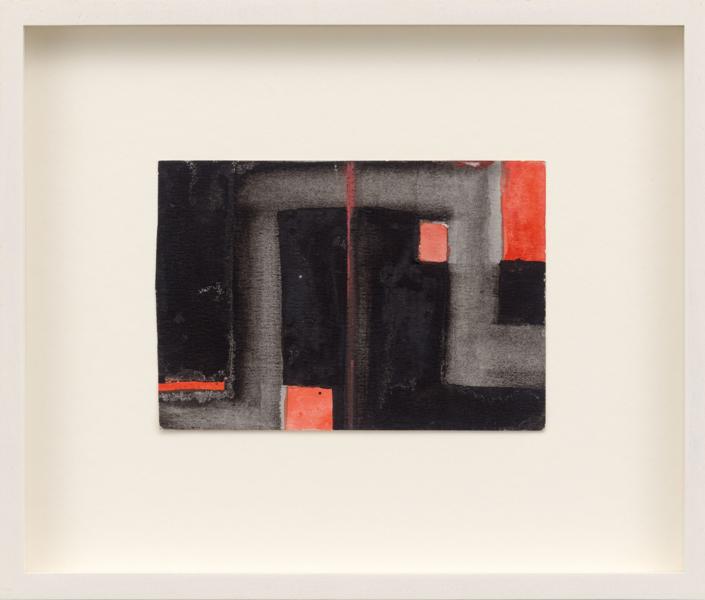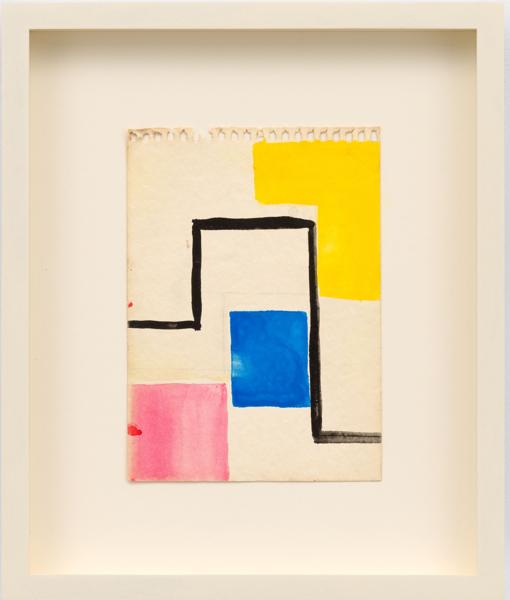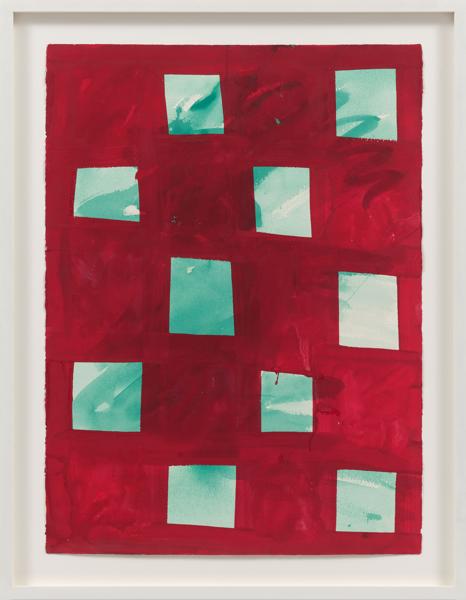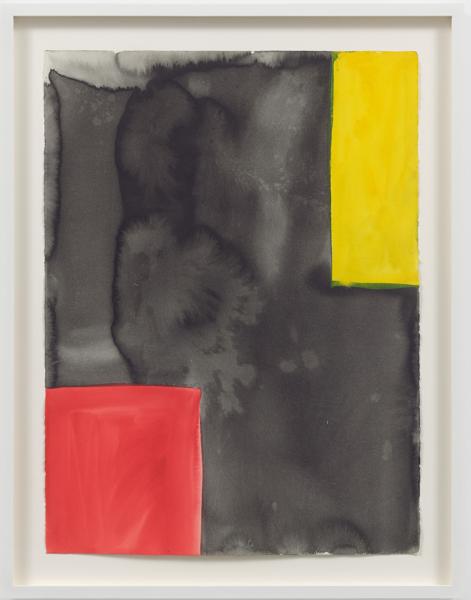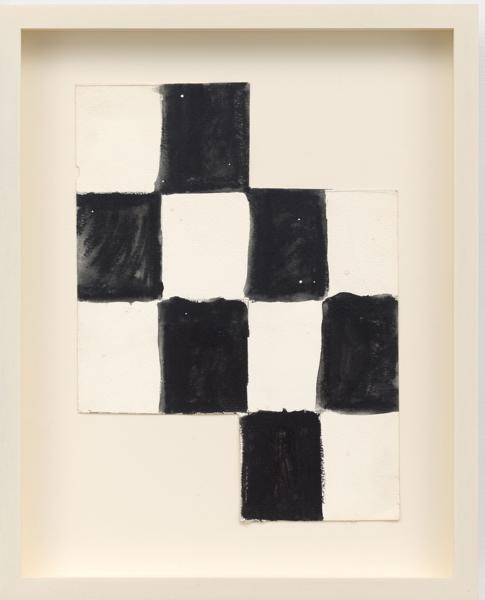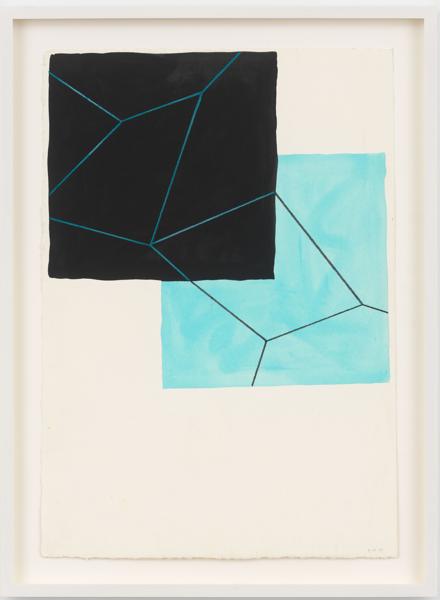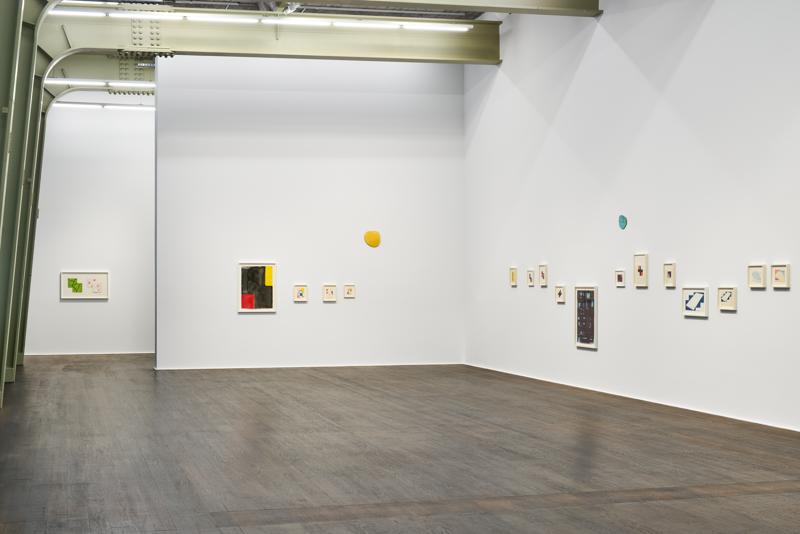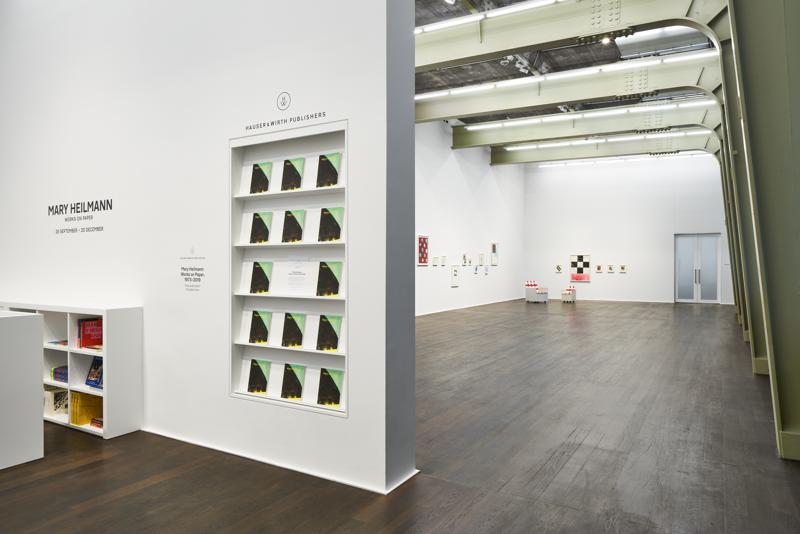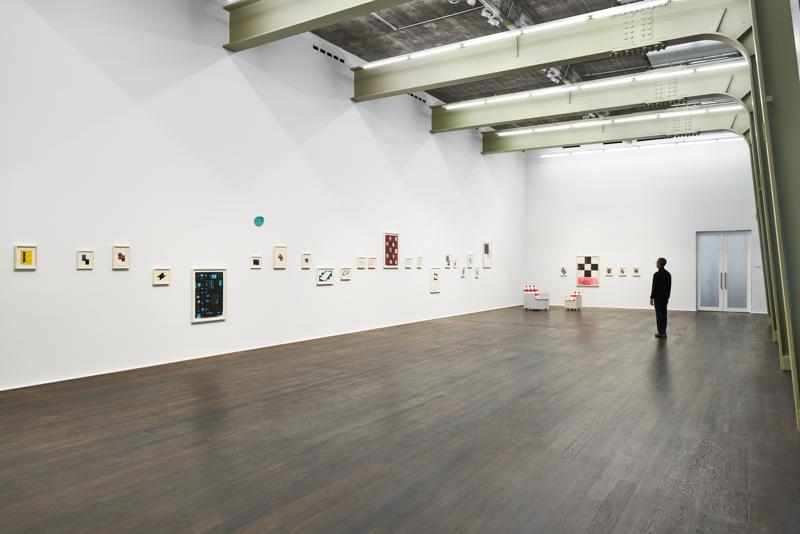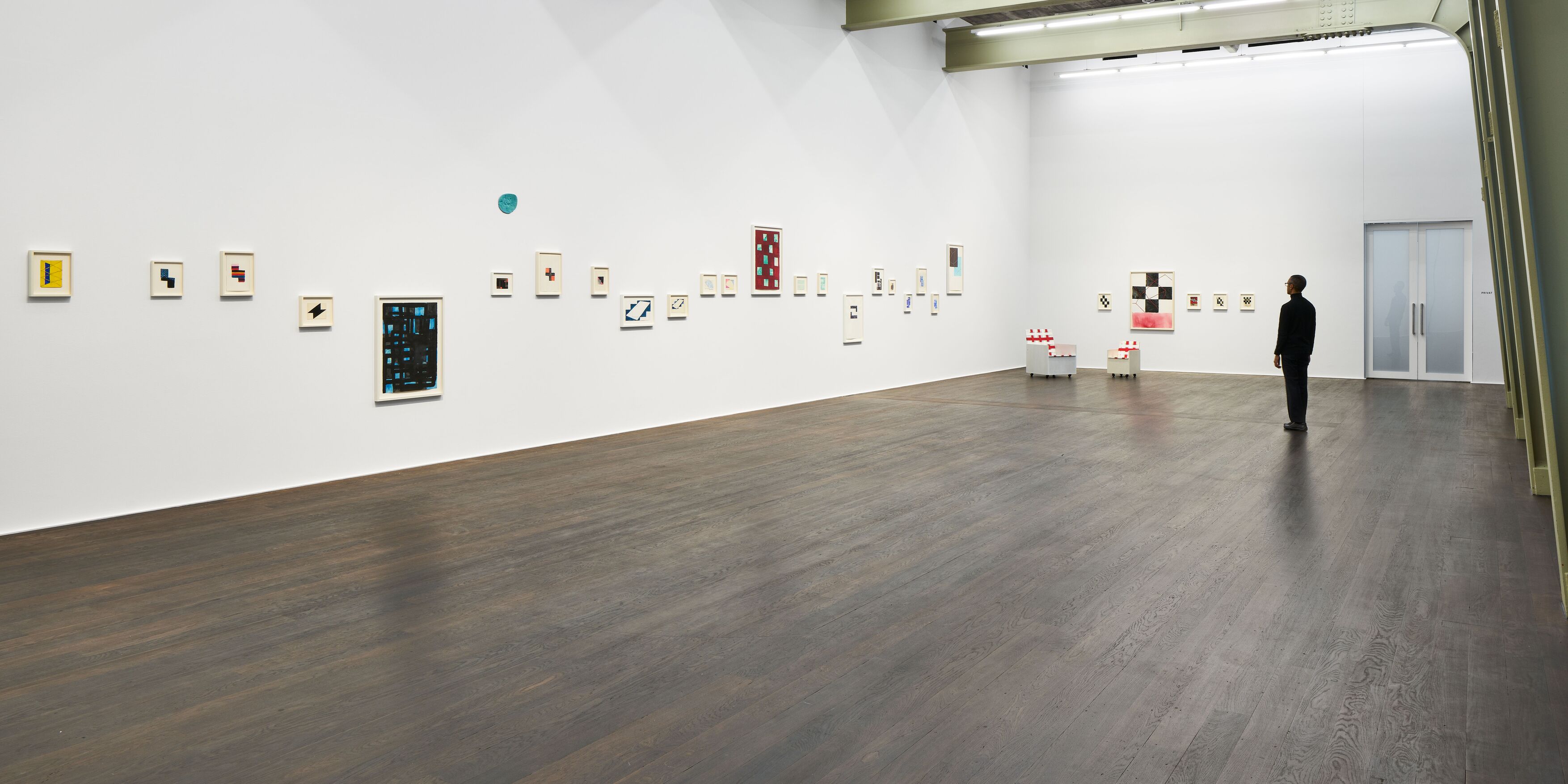
Dates
26 September – 20 December 2025
Mary Heilmann returns to our gallery on Limmatstrasse with an exhibition of more than 30 drawings made between 1975 and 2005. Expanding on the artist’s exhibition of works on paper, ‘Daydream Nation’, at Hauser & Wirth New York last year, this presentation continues the recent in-depth exploration into Heilmann’s long-standing drawing practice and coincides with the release of a new publication from Hauser & Wirth Publishers, ‘Mary Heilmann. Works on Paper: 1973 – 2019’.
Raised in San Francisco and Los Angeles, Heilmann (b. 1940) completed a degree in literature, before receiving her M.A. in ceramics and sculpture at the University of California, Berkeley. Only after moving to New York in 1968 did she begin to paint and in the early 1970s establish a drawing practice that continues to this day.
Ranging from watercolor studies to paintings on paper in their own right, ‘Mary Heilmann. Works on Paper’ brings together a selection of rarely and never-before-seen drawings that fluctuate in scale and materiality. The exhibition is a celebration of Heilmann’s talent for translating complex images and ideas into deceptively simple geometric forms and abstract gestural marks.
Many of Heilmann’s most well-known and admired series – Fans, Chairs, Serapes, Grids – are represented in the installation as are drawings that have related works in important European museum collections. 'Untitled Watercolor Study' (ca. 1983 – 1986) is one of two drawings in the exhibition that are part of a series of works by Heilmann in tribute to the Dutch painter Piet Mondrian that includes ‘M.’ (1985), a painting in the collection of the Museum Kunstpalast. ‘Islands’, (1988), one of the larger watercolors on view, was made after ‘Laurens’ (1986), an oil on canvas in the collection of the De Pont Museum.
The works on view not only demonstrate Heilmann’s work serially but also her tendency to revisit and reimagine certain arrangements of form and color. Made 15 years apart, ‘Broken Study’ (2005) is a recompilation of an early red, black and white composition, ‘Untitled Watercolor Study’ (ca. 1989) and Heilmann’s web imagery seen in ‘Blue Net’ (1991).
As an artist known for working across mediums and for installations that playfully combine disparate works, the exhibition also includes a selection of ceramic ‘Spots’ and sculptural chairs.
About the book
An in-depth study of Mary Heilmann’s mesmerizing works on paper that explores drawing as a form of daydreaming and memory-making for the influential abstract painter.
Mary Heilmann’s works on paper are suffused with the same sensibility as her influential abstract paintings, a casual playfulness animating a rigorous attention to form and colour, resulting in joyful, evocative geometries. Their suggestive power reflects Heilmann’s process of what she calls ‘daydreaming’: a conjuring of the sights, sounds, and events of past and future travels, the cyclical nature of memory informing her return to various motifs across nearly five decades of work. Edited and with an introduction by curator Alexis Lowry, ‘Mary Heilmann: Works on Paper, 1973 – 2019’ includes an essay by art historian Jo Applin and a personal reflection by painter Ilana Savdie, all together offering a compelling account of this previously underexamined aspect of Heilmann’s practice.
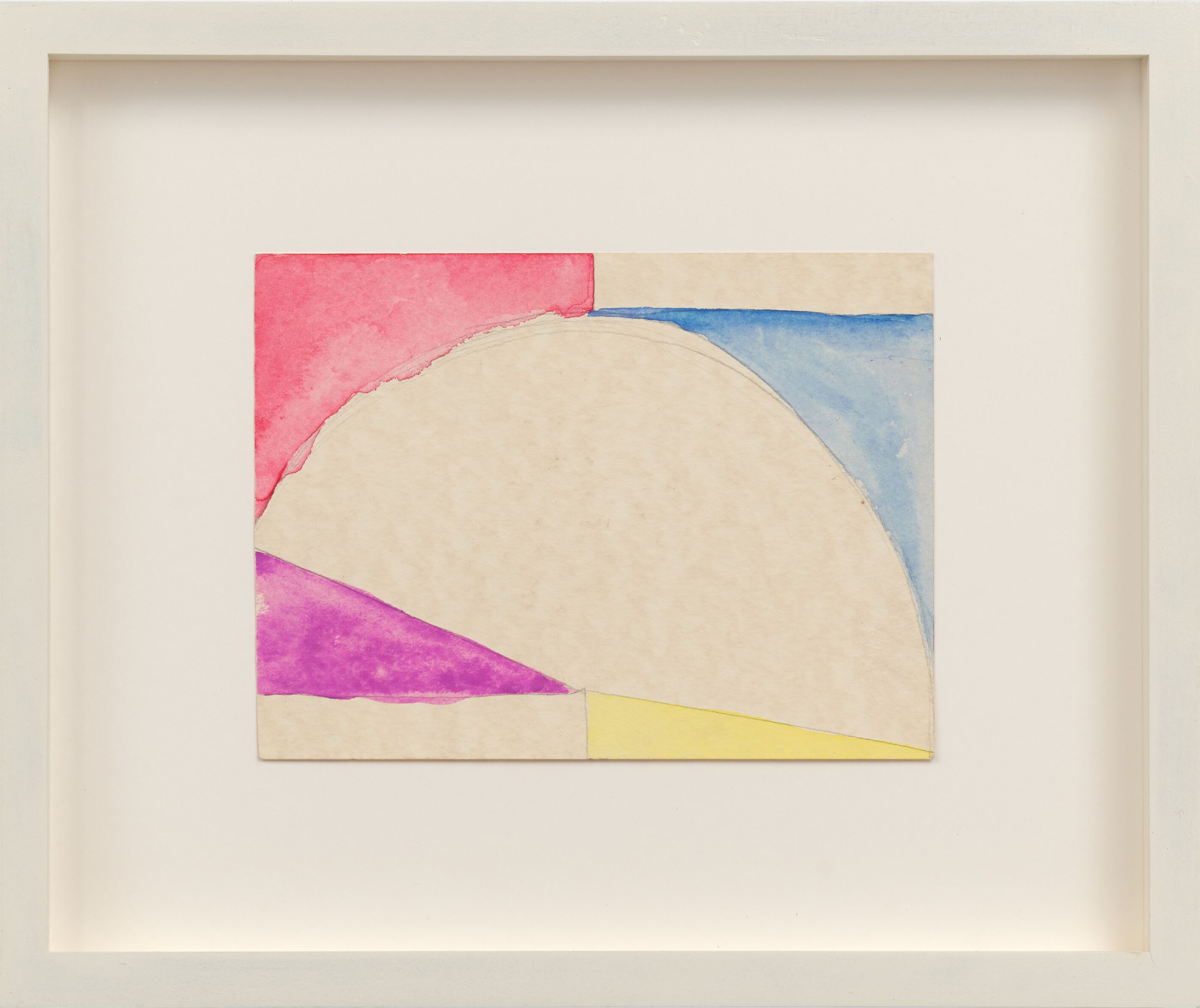
Untitled Watercolor Study
ca. 1986 – 1988
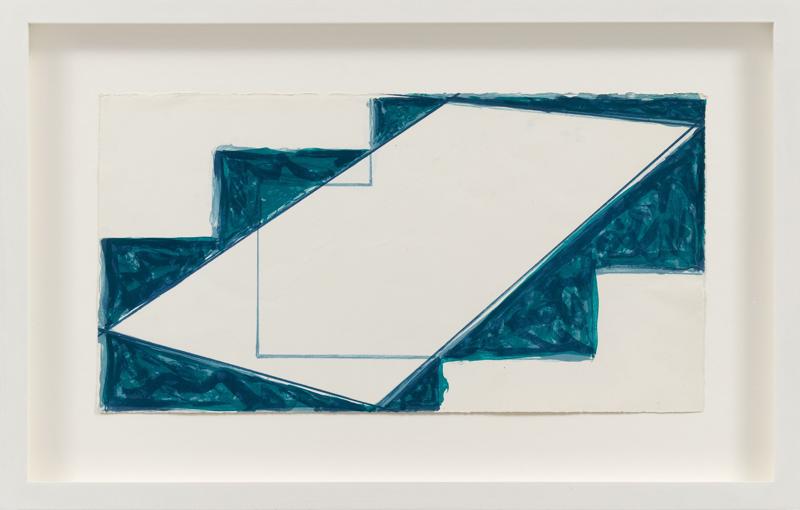
Untitled Watercolor Study
ca. 1986 – 1995
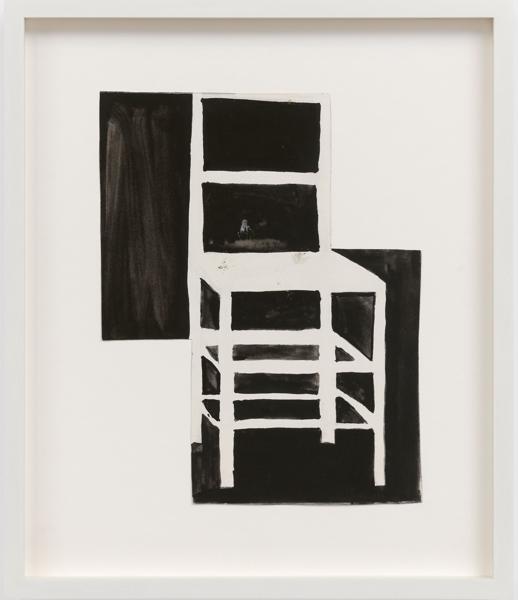
Untitled Watercolor Study
ca. 1987 – 1989
Installation views
1 / 7
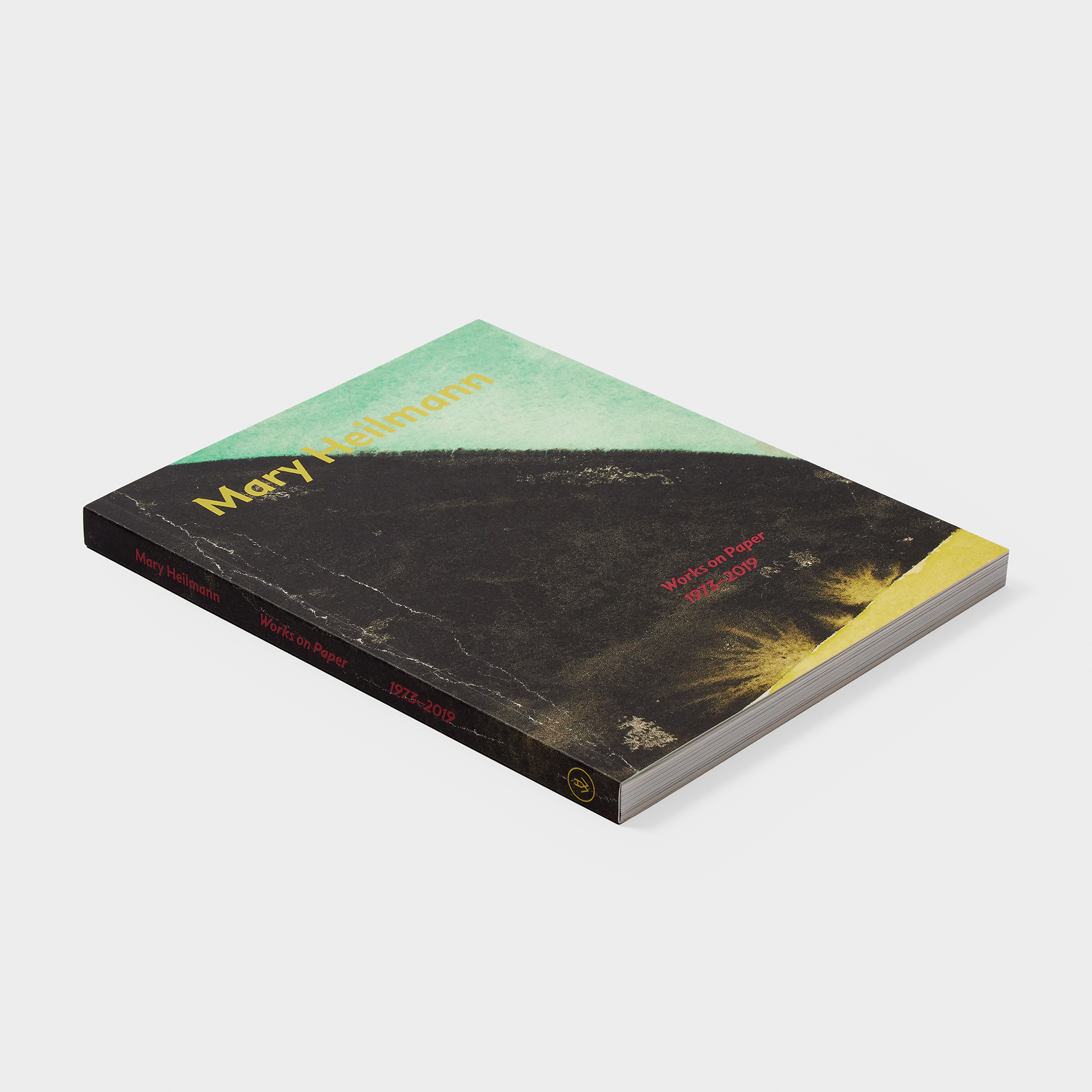
Mary Heilmann: Works on Paper, 1973 – 2019
Mary Heilmann’s works on paper are suffused with the same sensibility as her influential abstract paintings, a casual playfulness animating a rigorous attention to form and color, resulting in joyful, evocative geometries. Their suggestive power reflects Heilmann’s process of what she calls 'daydreaming': a conjuring of the sights, sounds, and events of past and future travels, the cyclical nature of memory informing her return to various motifs across nearly five decades of work.
About the Artist
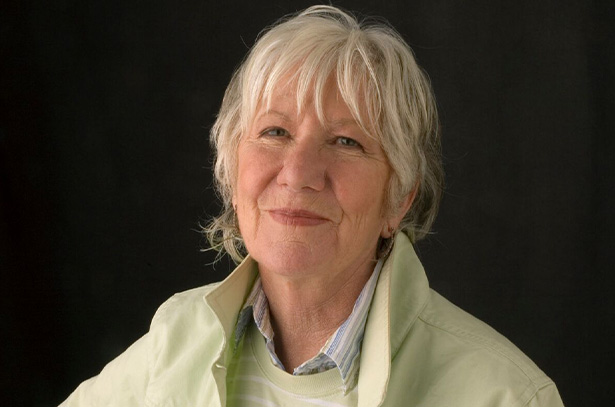
Mary Heilmann
Influenced by 1960s counterculture, the free speech movement, and the surf ethos of her native California, Mary Heilmann ranks amongst the most influential abstract painters of her generation. Considered one of the preeminent contemporary Abstract painters, Heilmann’s practice overlays the analytical geometries of Minimalism with the spontaneous ethos of the Beat Generation, and are always distinguishable by their often unorthodox—always joyful—approach to color and form.
Raised in San Francisco and Los Angeles, Heilmann completed a degree in literature, before she studied ceramics at Berkeley. Only after moving to New York in 1968 did she begin to paint. While most artists at that time were experimenting with the concept of dematerialization and demanding that painting should avoid any references to experience outside the material presence of the work itself, Heilmann opted for painting, rebelling against the accepted rules. ‘Rather than following the decrees of modern, non-representational formalism, I started to understand that the essential decisions taken during the creative process were more and more related to content. The Modern movement was over…’
Since then, Heilmann has created compositions that evoke a variety of associations. Her work may be non-representational and based on an elementary, geometrical vocabulary—circles, squares, grids and stripes—but there is always something slightly eccentric, casual about them. The simplicity of the forms is played down by a deceptive form of nonchalance: the contours are not clearly defined. In some paintings, amorphous forms appear to melt into each other like liquid wax. Splashes of color can be discerned, sharp edges bleed for no apparent reason, and the ductus of the brushstrokes is always perceptible. Heilmann’s casual painting technique conceals a frequently complex structure that only gradually reveals itself to the viewer.
Current Exhibitions
1 / 12
